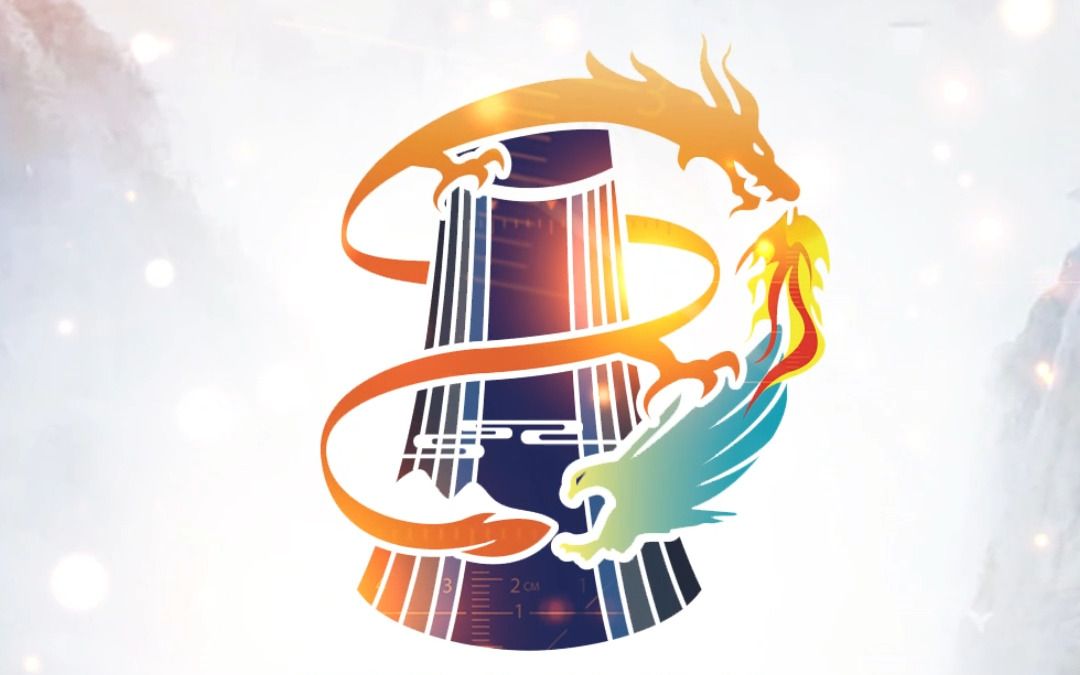马面裙:传统中式汉服中的瑰宝
The horse-faced skirt is a very special type of skirt in traditional Chinese Hanfu. The design of this skirt is neat, with four skirt doors in front, back, inside, and outside, and they are paired together.
Origin
The term 'horse-faced' first appeared in 'The History of the Ming Palace'. However, the history of the horse-faced skirt can be traced back to the Song Dynasty, because the skirts of the Song Dynasty already had horse faces.
Traditional design of horse-faced skirt
The color scheme of the horse-faced skirt is classical and elegant, with many classic color schemes. The combination of traditional Chinese colors and the horse-faced skirt often have a high degree of harmony.
Ming Dynasty horse-faced skirt
The Ming-style horse-faced skirt is generally made of 7 pieces of fabric, with each 3 and a half pieces forming a skirt piece, and two skirt pieces are combined to form the skirt. The four skirt doors that fold together at the front and back of the skirt are kept flat, with pleats on both sides that are big and sparse. The skirt waist is fixed with a differently colored belt, and the ends of the skirt waist are sewn with tie strings. The skirt has a wide hem, with decorative patterns woven or embroidered on the hem, often with auspicious motifs.
Qing Dynasty horse-faced skirt
In the Qing Dynasty, women continued to inherit the Ming Dynasty style in their clothing. The decorations of horse face and skirt hem are more complicated, and the pleats are finer. The side seam style refers to the style formed by pleating the skirt sides of the horse face skirt, which is a common characteristic of Ming and Qing Dynasty horse face skirts. The skirt of the lamb dry style prefers to use satin fabric to create a large area effect. The phoenix tail skirt is a special type of horse face skirt, which is a skirt fixed at the waist with dozens of colorful cloth strips with pointed ends.
Fabric
The fabric of Qing Dynasty horse face skirts is plain colored, and the waistband is made of white cotton fabric. The skirt fabric is mainly made of silk and satin. Most horse face skirts have lining, and the lining material is mostly silk. Horse face skirts worn in summer generally do not have lining.
Cultural Features
Horse face skirts have bright colors, with red being the most common and blue also being quite common. The patterns on horse face skirts can be divided into individual embroidered fabric patterns and large-scale embroidered fabric pattern designs, each conveying different meanings.
The patterns of horse-faced skirt can be divided into two categories: independent embroidered fabric patterns and large-area embroidered fabric patterns. Among them, independent embroidered fabric patterns account for the majority. Each pattern conveys a different meaning.
Animal patterns are very common in traditional history. For example, the dragon and phoenix patterns have always accompanied the Chinese people, and they often appear on the clothing of emperors and concubines. The dragon and phoenix symbolize the beautiful love and marriage between men and women.
In real life, fish patterns also have special meaning. Because the pronunciation of fish is homophonic to 'surplus', it represents the beautiful meaning of surplus every year.
Plant and flower patterns convey beautiful meanings by showcasing their different qualities. Peony, as the national flower, represents wealth and prosperity; lotus symbolizes purity that comes from the mire; chrysanthemum represents longevity; lily symbolizes sacredness, purity, and friendship, signifying a hundred years of harmony and a future filled with sunshine.
Historical value
The Ming and Qing periods were a time of gradual decline of the feudal system and the consolidation and development of a unified multi-ethnic country. The Qing dynasty was the last absolute monarchy in China, with the Manchu ethnic group at its core. The intense contradiction between the Manchu rulers and the Han people led to the forced imposition of Manchu clothing and hairstyle on the Han people. During the Qing dynasty, the horse-face skirt became popular, and its style transformed from the fresh and elegant style of the Ming dynasty to the luxurious and wealthy style of the Qing dynasty.
Within the exquisite traditional Chinese women's embroidery skills, the horse-face skirt highlights the political, economic, and cultural characteristics of China's history.

